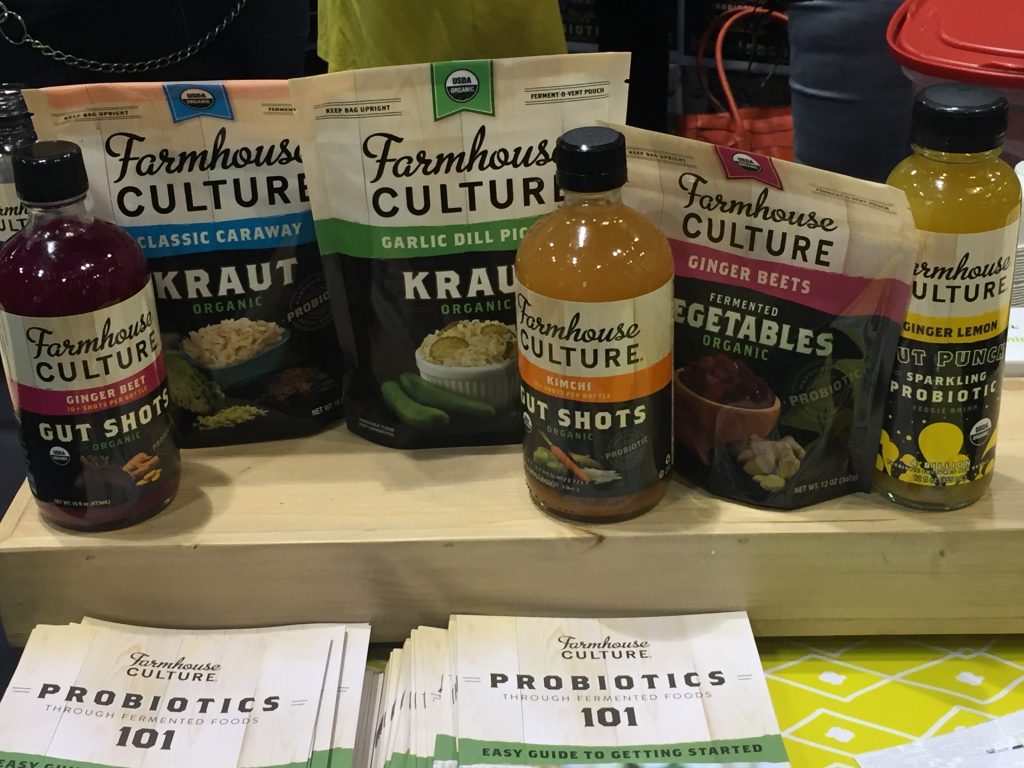
[Image: Piktochart]
There has been so much about comfort food lately in the news too:
- In Toronto, Bradley Harder started the #PandemicPieProject – he’s baked over 200 pies and given them away to members in his community;
- In Halifax, Amy Munch who owns Cake Babes, a wedding cake shop, has now baked over 2000 cupcakes and delivered them to front line workers; and
- In Italy, an 84-year-old Grandma is on lighting up YouTube, demonstrating her recipe for Lockdown Lasagna.
Here are 4 reasons why you might be reaching for those comfort foods right now.
Watch my 1 minute video below about The Science of Comfort Foods
1 – Comfort foods trigger dopamine
Dopamine is a neurotransmitter that sends messages between the brain cells. Dopamine is all about motivation, reward and pleasure. It gives us a feel-good sensation. So when you eat a comfort food that tastes good and is rewarding, you get a rush of dopamine. Your brain remembers this connection between your behaviour (the comfort food you ate) and the reward (the positive feeling). You may be more motivated to continue that behaviour i.e. eat a comfort food because it gives you that feel-good reward. Some psychology researchers think that even ANTICIPATING eating certain foods generates dopamine. So just THINKING about eating a cinnamon bun or chocolate cake can trigger dopamine!
2 – Comfort foods gives us social connection
As a dietitian, I always say that food unites us. My dad is a chef and to me, food is an expression of love. I remember when Jamie Oliver was here in Toronto in 2015, promoting his new cookbook. When he stood up on stage, he said “Food can be a hug”. Wow, don’t you agree – food can be as comforting as a hug. Some interesting research from the Universities of Tennessee and New York State in 2015 found that comfort foods remind us of our social relationships / and helps us feel less lonesome especially when we are isolated. Comfort foods offer a sense of belonging. So it makes sense that we’re turning to comfort foods during these times of quarantine and physical isolation. On top of that, baking and cooking together offers psychosocial benefits. Think of those virtual dinner parties or virtual cooking classes we’ve been taking – they keep us feeling connected even when we’re not physically together.
3 – Comfort foods are associated with positive memories and nostalgia
Very often, comfort foods remind us of our childhood or home or friends and family. Comfort foods may also be linked to special person like your mom, dad, Nona, Bubbe or Grandma. When we eat comfort foods, it brings pack happy memories from our past. Sometimes even the SMELL of comfort foods can trigger these positive memories. Psychological research shows that smells are powerfully linked to areas in the brain that are associated with memory and emotional experiences
4 – Comfort foods can give us a little more certainty and routine.
In these times of uncertainty, making and eating comfort foods can offer a sense of structure and control. We have control over the foods we are making and eating, and we also have a little more control over how we feel. Our brain tells us that eating that piece of homemade bread or pasta will make us feel good.
If you’re eating for comfort, that’s completely OK. Be mindful of how often and how much. Practice other healthy lifestyle habits to beat stress – try yoga, meditation, a walk with the dog, listening to music or calling a friend. Stay safe and stay well!












